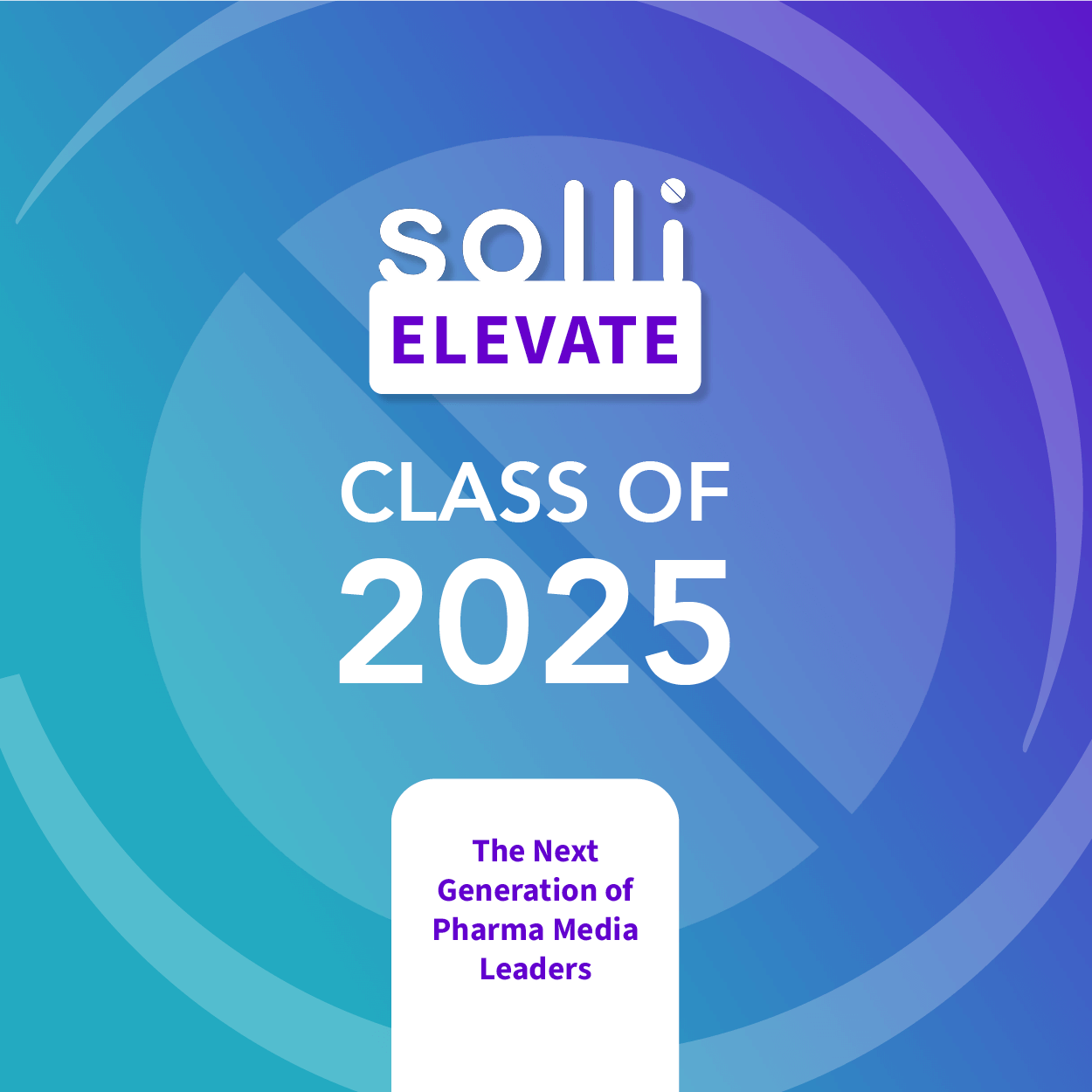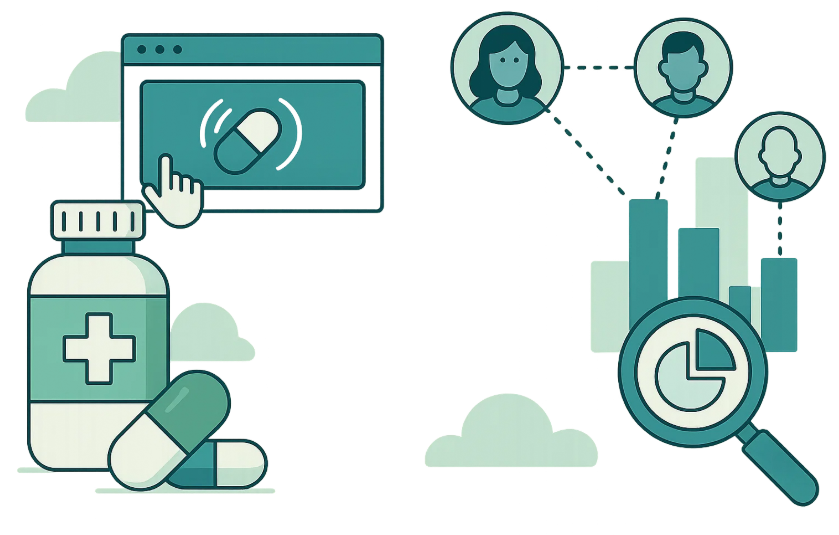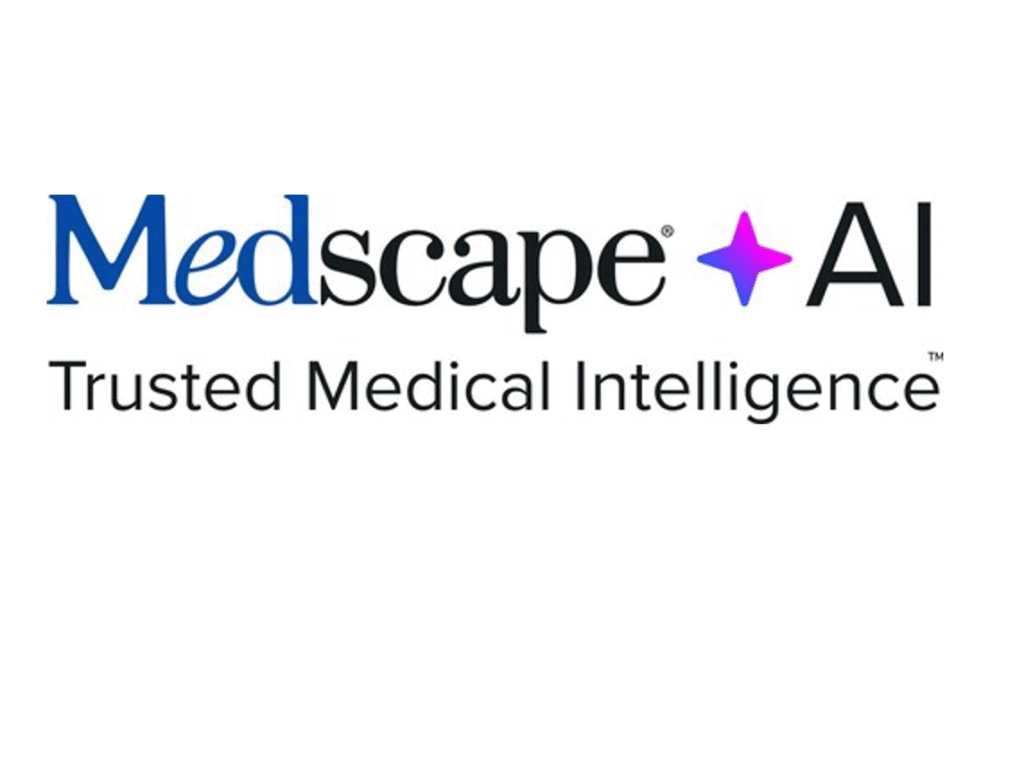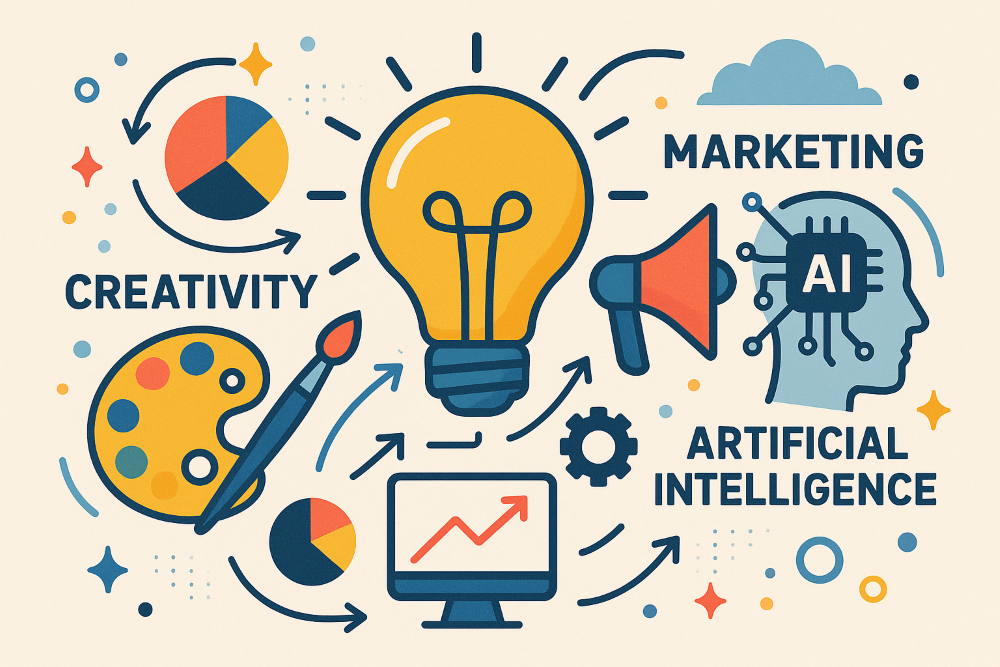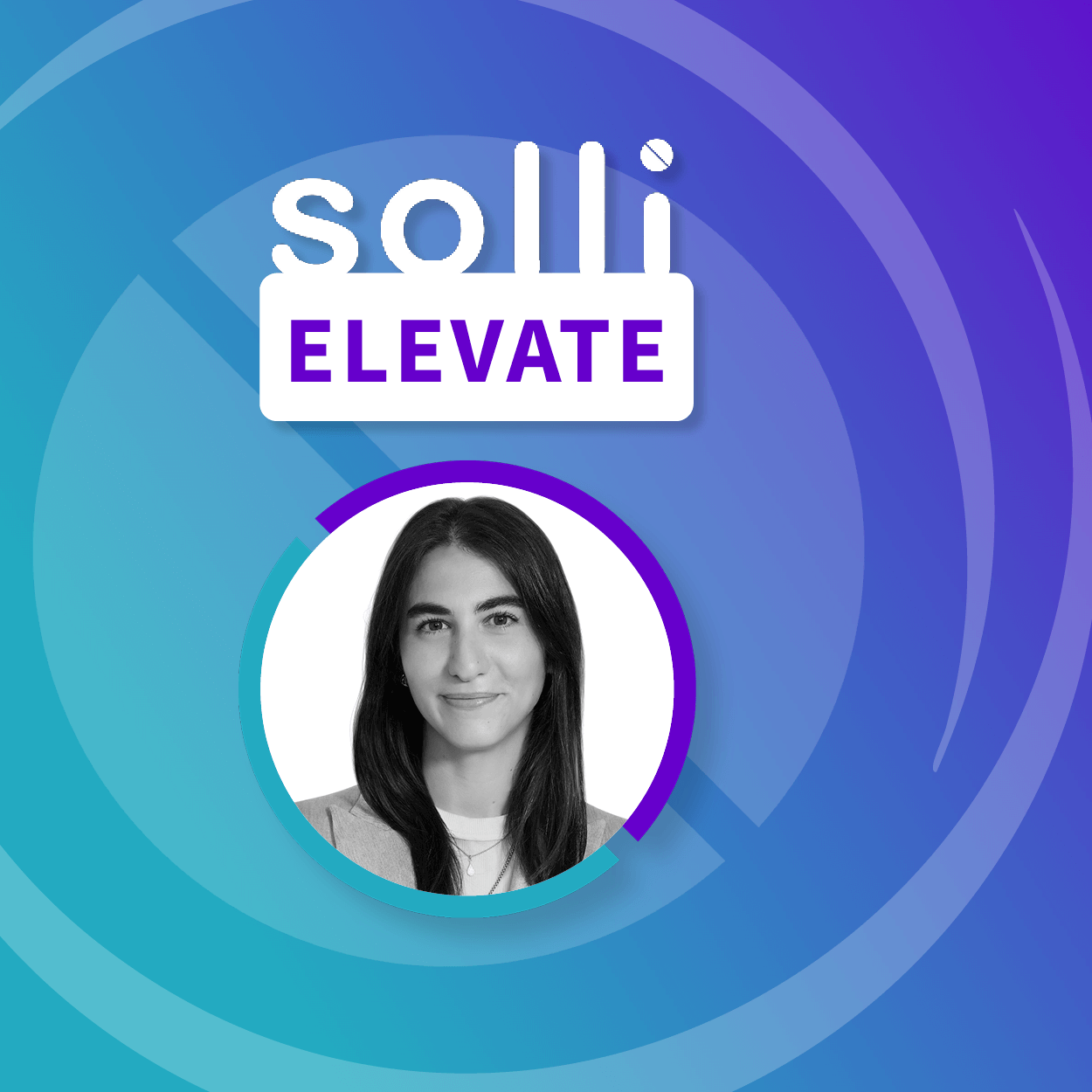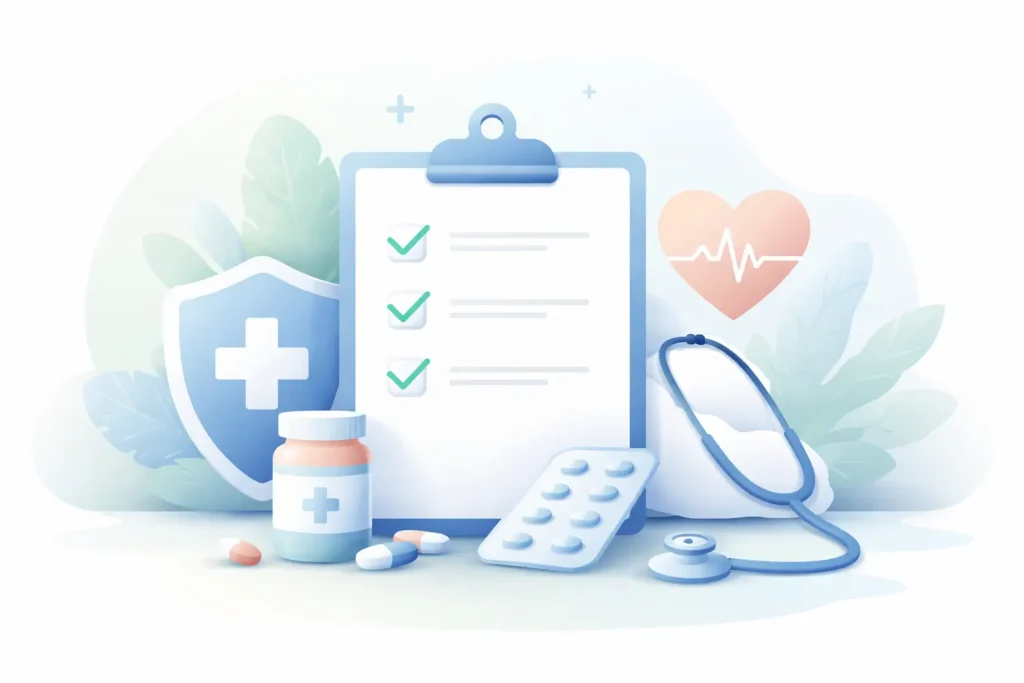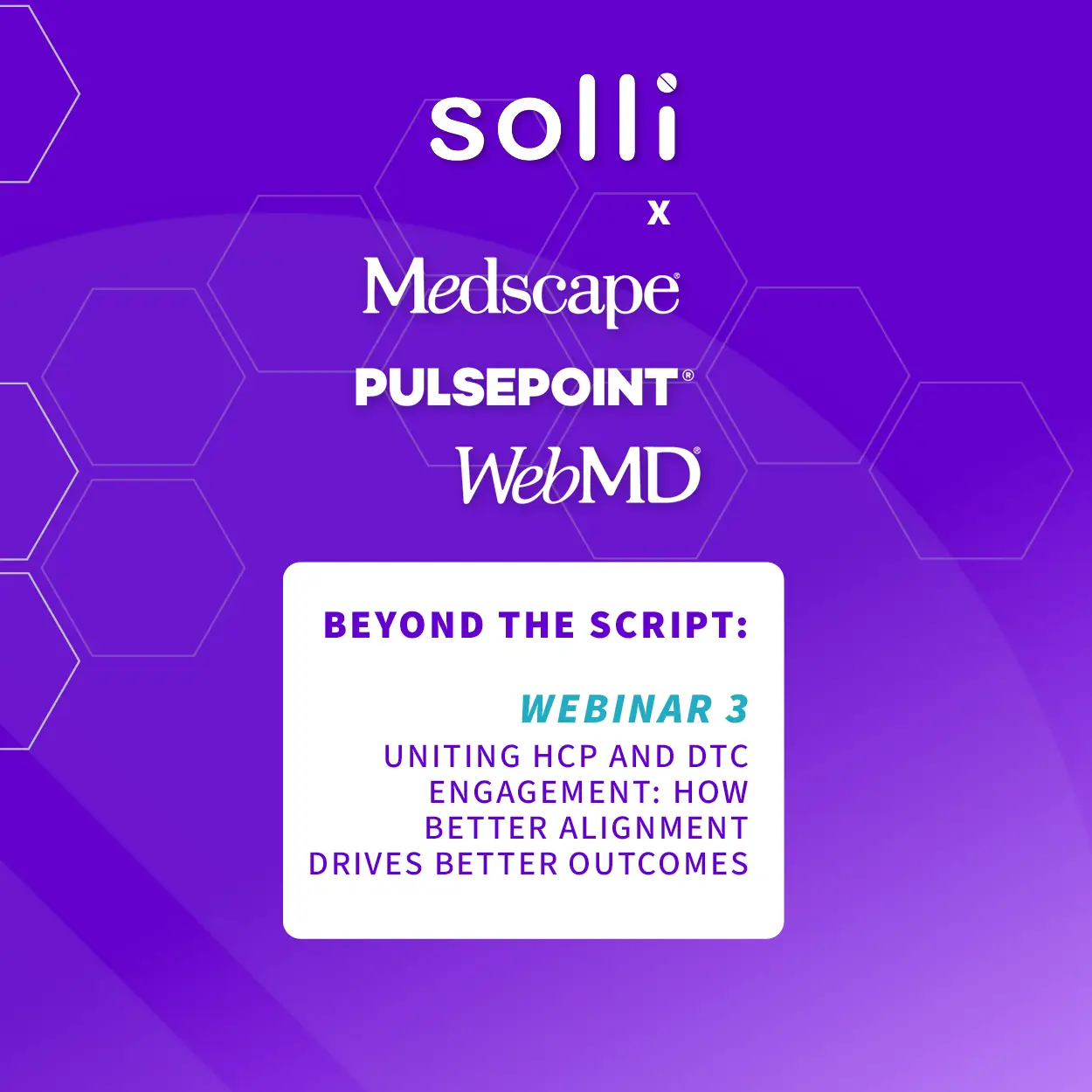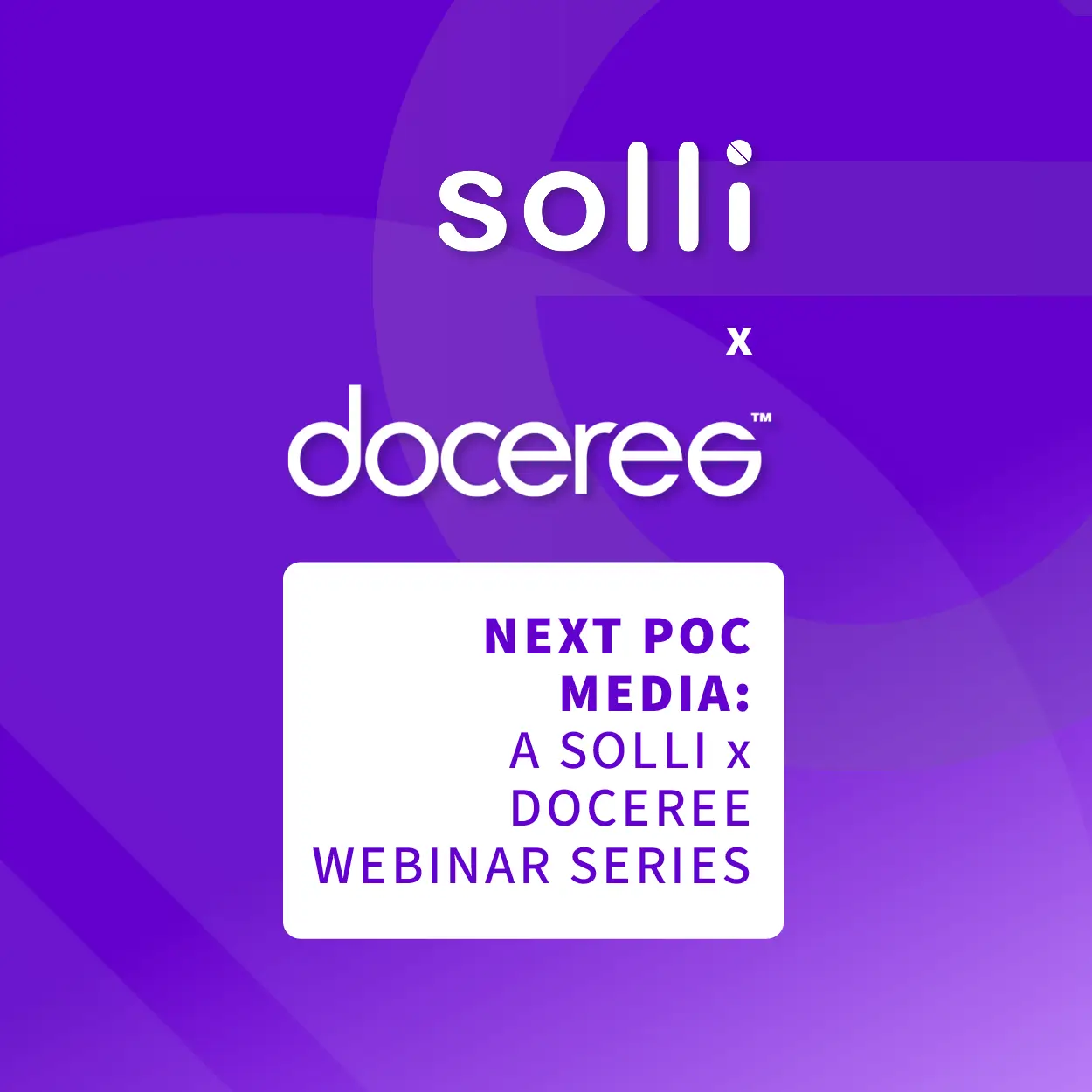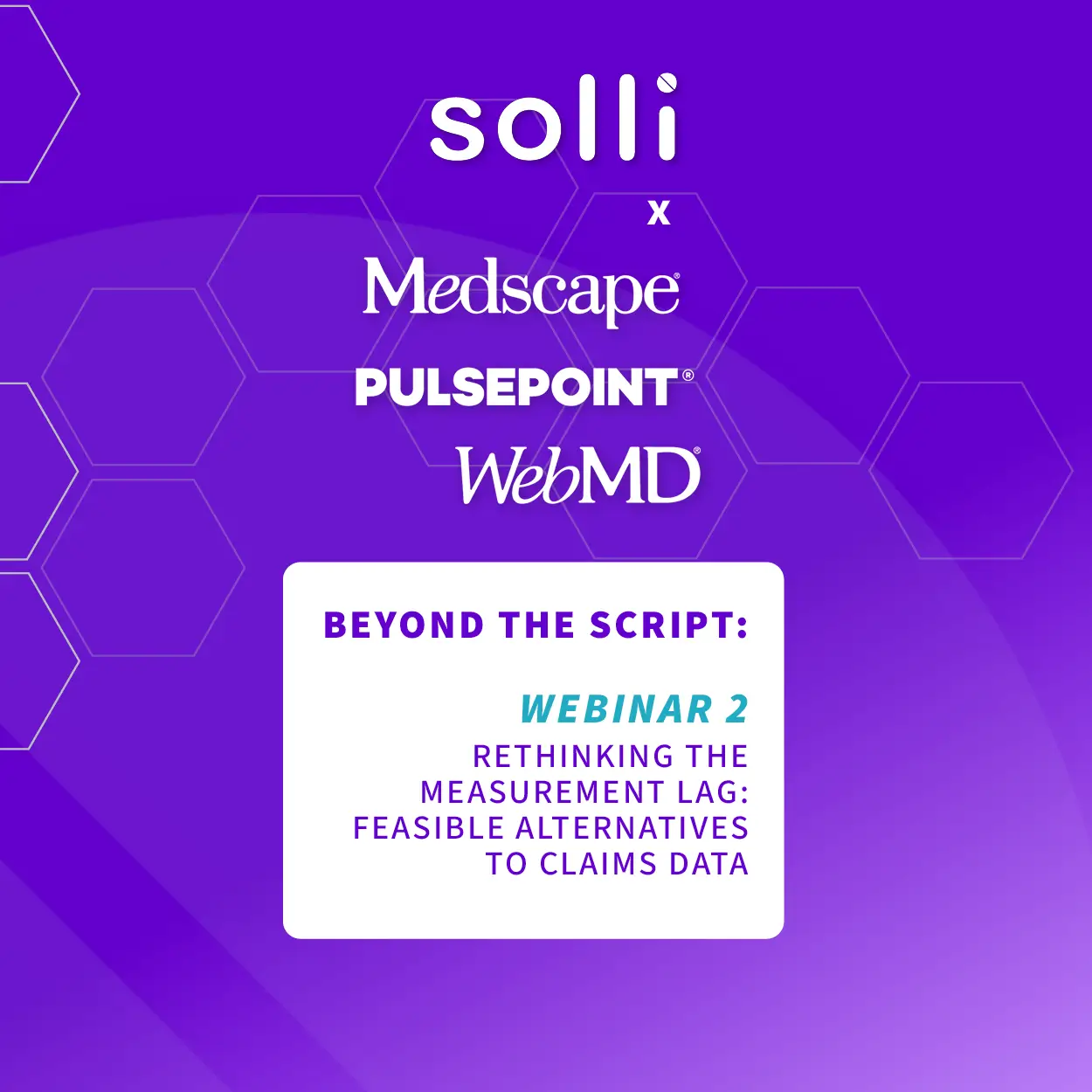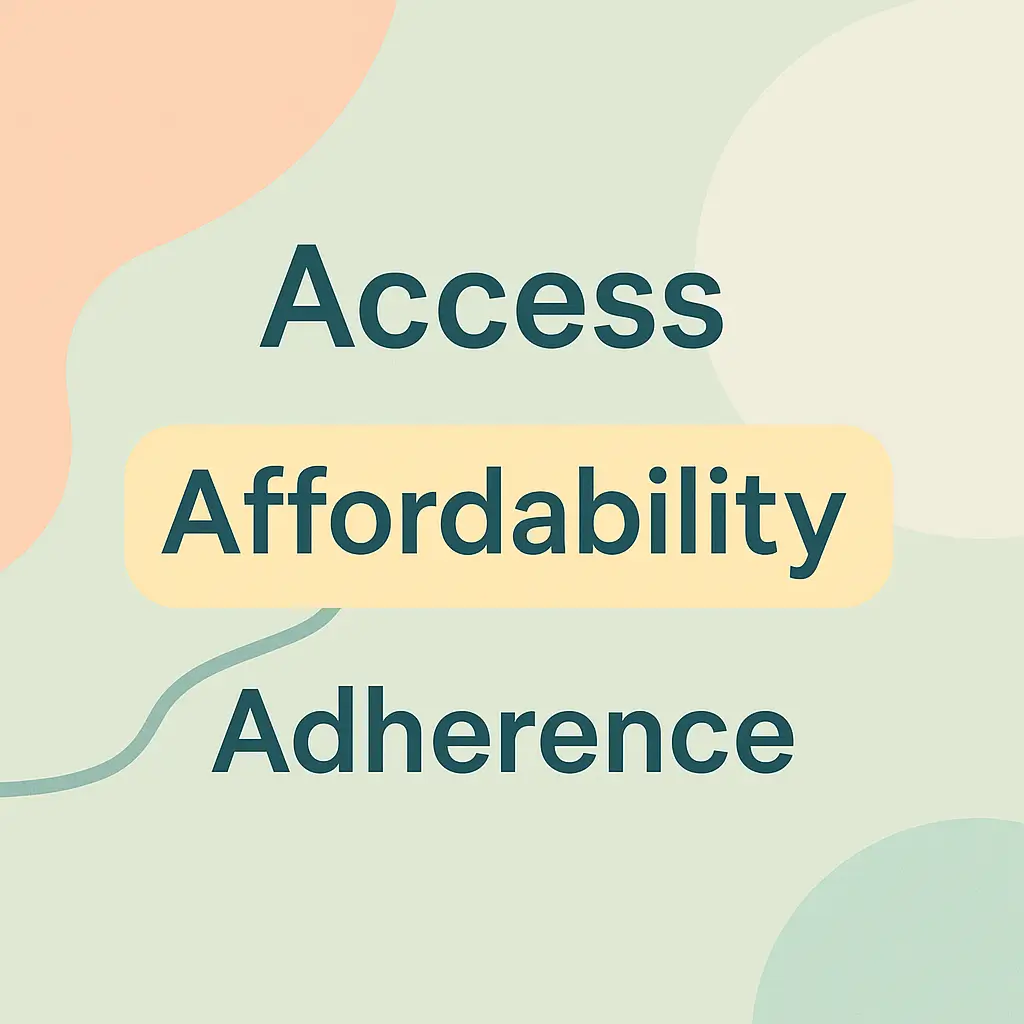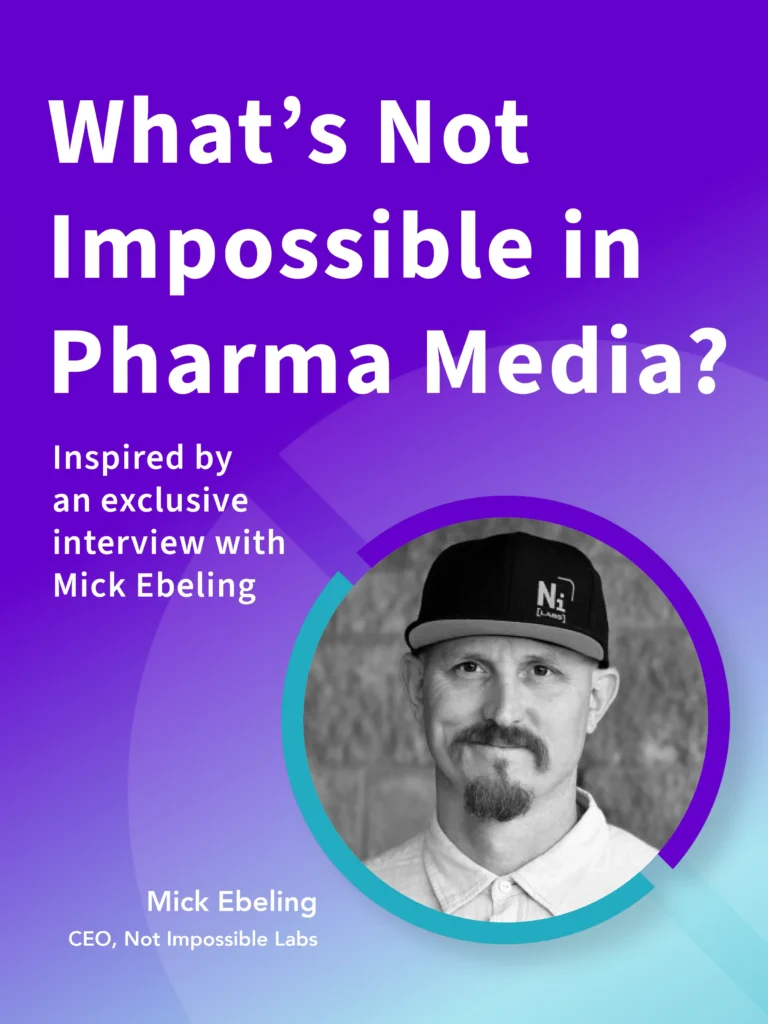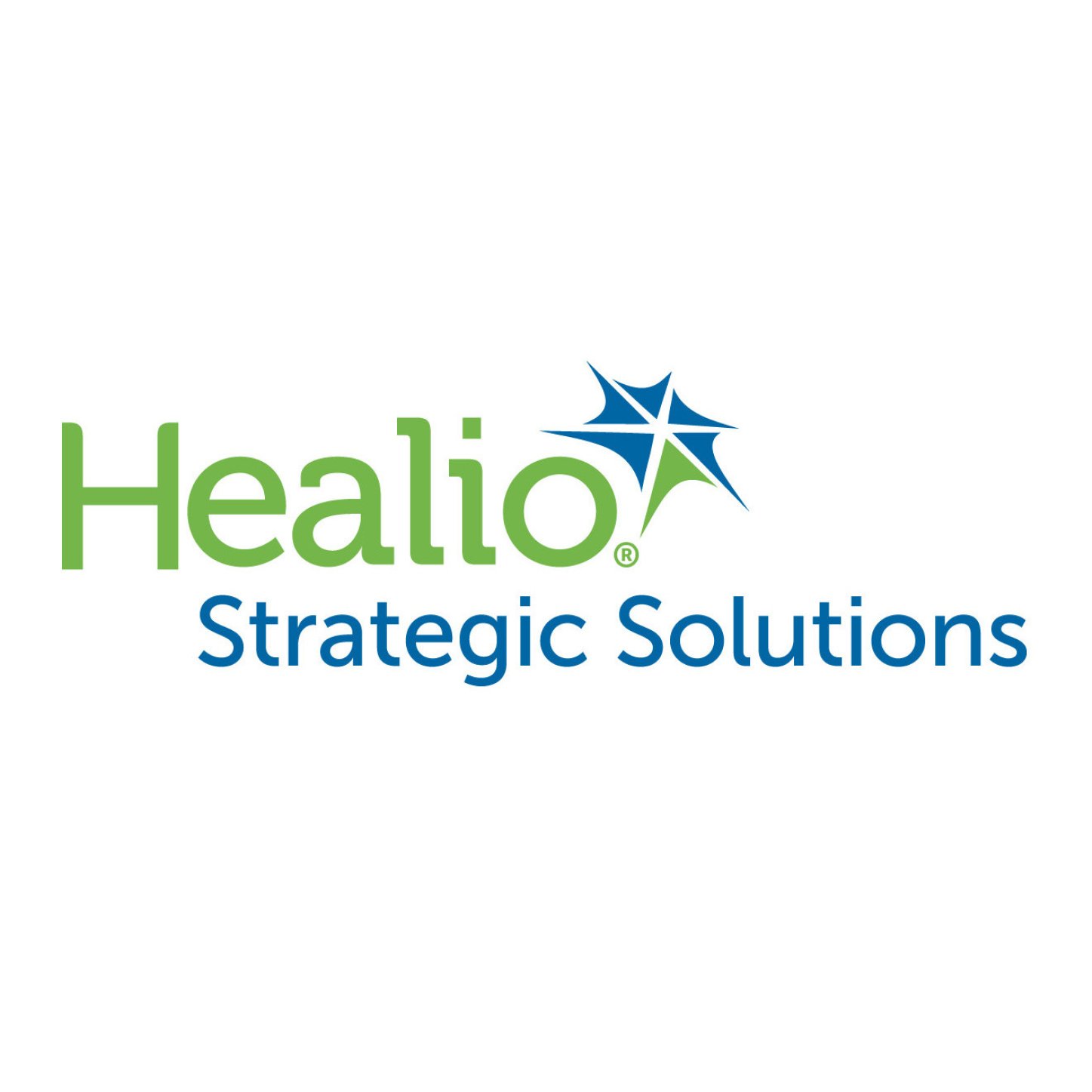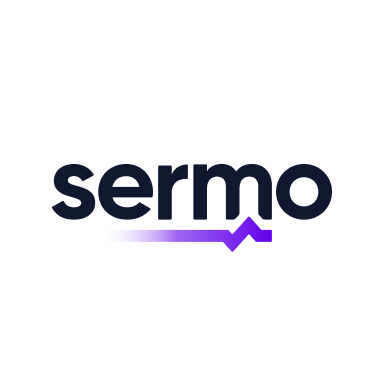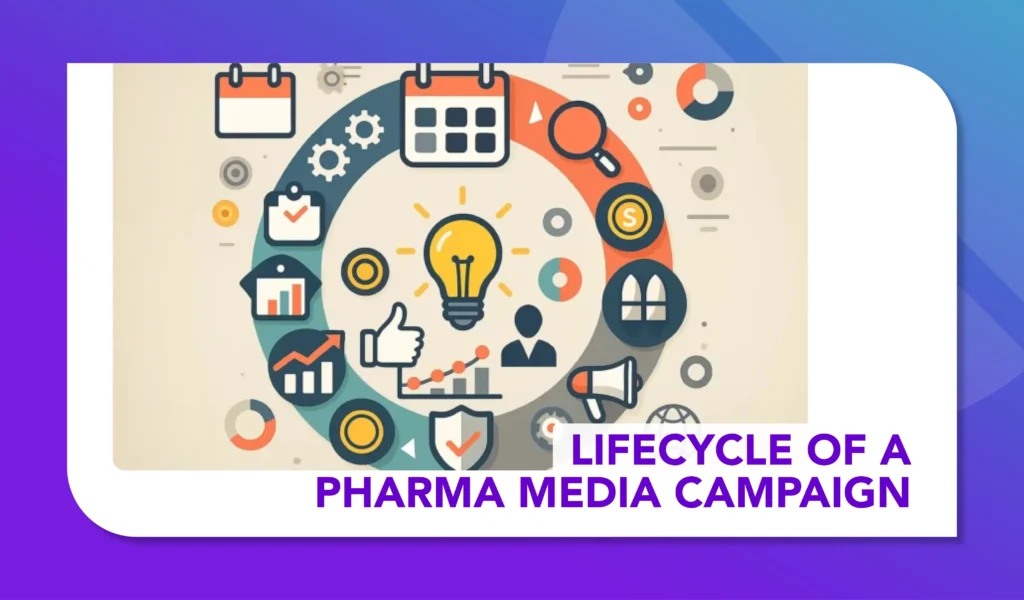5 Predictions for Pharma’s Commercial Landscape in 2030: Insights from Deloitte’s Latest Report
solli’s take on how Deloitte’s 2030 predictions could impact pharma’s media strategies
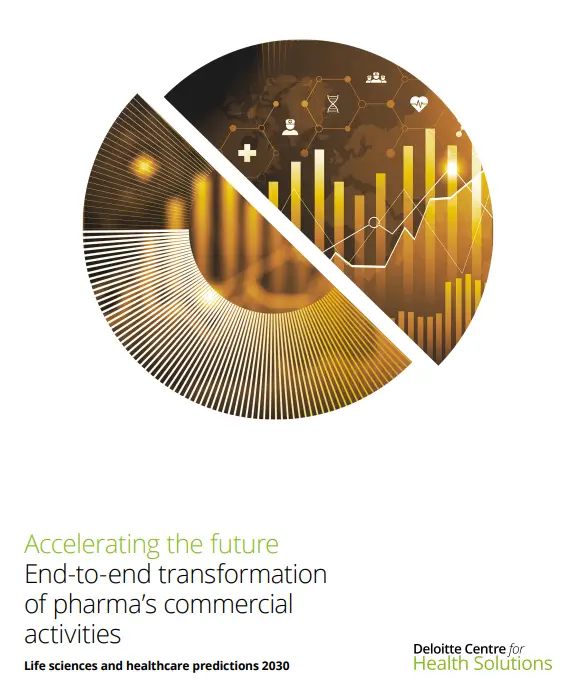
Deloitte’s End-to-End Transformation of Pharma’s Commercial Activities report, predicts a comprehensive overhaul by 2030, and if true, paid media strategies will need to adapt with these. With AI-powered tools, digital-first operations, and a shift to customer-centric approaches, pharma’s commercial activities are on the verge of a transformation that could lead to changes to how paid media should be approached. Here are 5 predictions, and how they may impact media within pharma.
Prediction 1: Digital-First Operations
By 2030, Deloitte predicts that pharma’s commercial operations, including marketing, sales, and patient support programs (PSPs), will be fully digitized. AI-enabled technologies will be deeply embedded in processes, allowing for faster decision-making and enhanced customer engagement. The report highlights how partnerships with AI-powered data platforms and customer relationship management (CRM) providers will enable pharma companies to streamline operations, reduce costs, and improve service delivery.
Potential impact on media in pharma:
In this increasingly digital-first world, there may be a continued shift from traditional paid media channels like Linear TV and print, with budgets shifting toward digital display, connected TV, programmatic, and social media advertising. AI will enable companies to target niche audiences with far more precision, dynamically optimizing ads in real-time. For media planners in pharma, the question is: How will this affect ROI, and how should media budgets be reallocated to prioritize digital formats without losing brand trust or visibility in non-digital spaces?
Prediction 2: From Product-Centric to Customer-Centric
The future of pharma is moving from a product-centric model to one that revolves around customer needs. Deloitte envisions pharma companies adopting agile operating models that rely on real-world data (RWD) to deliver personalized marketing and patient support. By 2030, pharma companies will have access to a holistic 360-degree view of customers, allowing them to engage with stakeholders at the right time, through the right channels.
Potential impact on media in pharma:
Pharma companies will need to accelerate their omnichannel marketing strategies to move toward customer-centric models with more nuanced paid media campaigns that integrate seamlessly across channels. As a foundation media agencies will need to deliver consistent, personalized messaging across multiple touchpoints, from social media and programmatic ads to video and search. A key question here is: Can pharma breakdown any data siloes that currently block this, and instead connect seamlessly into paid media campaigns?
Prediction 3: AI-Driven Efficiency and Cost Reduction
Artificial intelligence will play a crucial role in pharma’s commercial transformation. AI will be applied across various areas, from automating routine tasks to generating insights for market segmentation and personalized messaging. According to the Deloitte report, AI-driven systems could save companies between $5-7 billion in peak value over five years, significantly increasing patient conversion rates and reducing marketing costs.
Potential impact on media in pharma:
For paid media teams, the potential of AI to enhance performance through automating A/B testing, audience segmentation, and campaign optimization is well-known. However, as pharma increasingly integrates AI across its business, it may soon become a foundational expectation that paid media teams incorporate AI throughout the entire media ecosystem. We are already seeing examples of programmatic campaigns where AI identifies and targets HCPs based on real-time browsing behavior or predicts when patients are most likely to seek treatment, adjusting ad placements accordingly. Yet this raises important questions: How will media teams balance AI-driven automation with human creativity and oversight, especially in a heavily regulated industry like pharma that also requires personable, human engagement?
Prediction 4: New Pricing Models and Media Investment
As regulatory scrutiny increases, pharma companies will be forced to adopt innovative pricing models. The report discusses how value-based pricing, volume-based contracts, and subscription models will replace traditional pricing strategies. These new models will align pricing with patient outcomes, ensuring that treatments are accessible and affordable for all patients, regardless of socioeconomic status.
Potential impact on media in pharma:
This shift could lead to performance-driven media buying models where ad effectiveness is measured by actual health outcomes—such as patient adherence to treatment or the number of HCPs prescribing a medication—rather than focusing solely on media reach. Alternatively, will we see the emergence of new models that align pharma’s evolving commercial strategies with their media spend in more integrated ways?
Prediction 5: AI-Enabled Pharmacovigilance and Patient Support
Pharmacovigilance (PV) will also be transformed by AI. According to the report, by 2030, AI-enabled PV systems will allow pharma companies to monitor and track adverse events (AEs) in real-time. These systems will be integrated with patient support programs, providing personalized risk management and improving patient adherence.
Potential impact on media in pharma:
How can pharma media strategists & data planners integrate into this new AI-led PV system to better understand products, patients & HCPs? Are there ways to take this further towards the route of directly support patient adherence through the media that is run? Of course, the challenge is always ensuring that this level of personalization complies with data privacy regulations, especially when sensitive health information is involved.
Conclusion
As Deloitte’s report outlines, the transformation of pharma’s commercial activities by 2030 will have significant implications for paid media. From AI-powered automation to customer-centric targeting, the opportunities for innovation are vast. However, this transformation will require careful navigation of compliance, data privacy, and the ethical challenges that arise when innovation in pharma meets digital advertising.
For paid media professionals in pharma, the road ahead will demand agility, creativity, and a deep understanding of both AI-driven tools and regulatory frameworks. The future of pharma’s paid media strategy may hinge on how well the industry can balance the potential of new technologies with the trust and credibility it has built over decades.
To read the full report click here.

